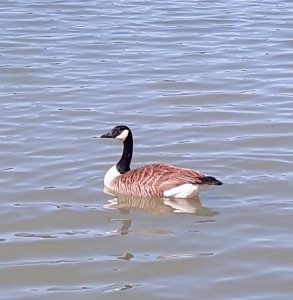One might assume that literature research would not necessitate fieldwork, but sometimes it is useful to those of us working with such esoteric topics as contemporary US poetry as well. In early May, I visited the State University of New York at Buffalo, and particularly their library’s Poetry Collection, in search of more materials for my research project, Difficult Relations: Reading for Emotion in Recent American Experimental Poetry.
SUNY-Buffalo, or UB as the locals like to call it, hosts the Poetry Collection, “the library of record for 20th- and 21st-century poetry in English”. The collection, started by Charles Abbott in 1937, is hidden away from the public in closed stacks, so visitors desiring to peruse books have to give a list to the staff, and they will pull it out for use in the library’s reading room. Like in many archives and special collections, use of the materials requires care, and only computers or pencils can be used for note-taking. Photographs are not allowed without special permission.
The reading room is a large hall, guarded over by a portrait of James Joyce. Incidentally, the UB Poetry Collection is also home to the world’s largest collection of Joyce-related materials, like first editions, correspondence, notebooks and photographs. Oscar Silverman, who worked at UB, had visited a Joyce exhibition in Paris in 1949 and got the idea to bring the collection to UB. Joyce is a pervasive presence in the Poetry Collection reading room, watching over it all like a grandfather of modern English literature that he is.
My 10 day visit to Buffalo was a handy one-stop method for browsing through many important works published in the last 15 years or so. Many of these were published in limited editions or are otherwise difficult to find from overseas. While I order what I can from online stores, it was very useful to have it all at my disposal at once. It also allowed me to observe the sheer materiality of recent poetry works, viewing as I did items ranging from large anthologies and collections to thin and plain chapbooks and even little cards on which poems had been printed. In a tangible way, it brought the liveliness of contemporary poetry culture into view.
UB is also home to a fairly substantial population of Canada geese, one of which is pictured here.

Text and photo by Elina Siltanen